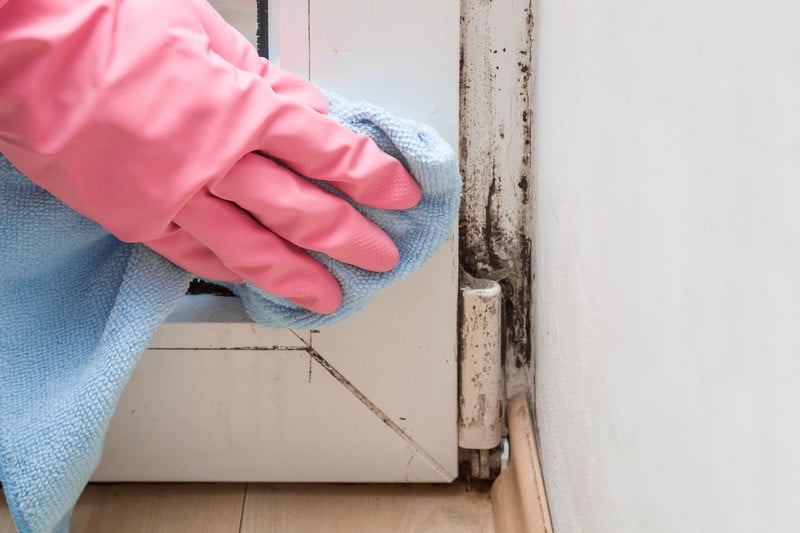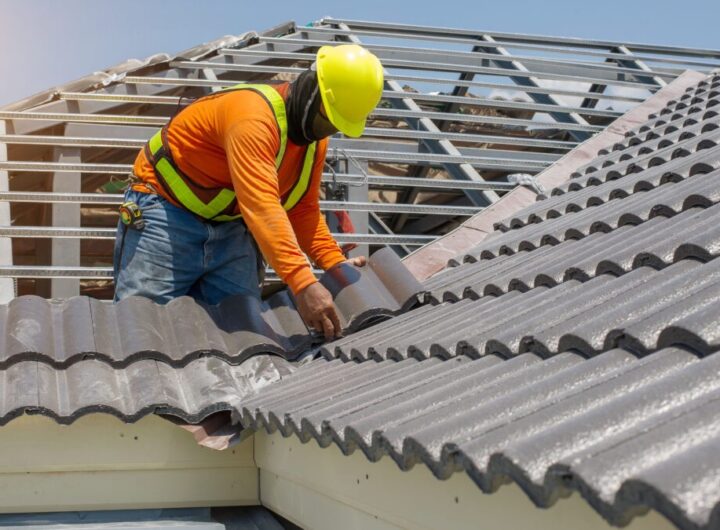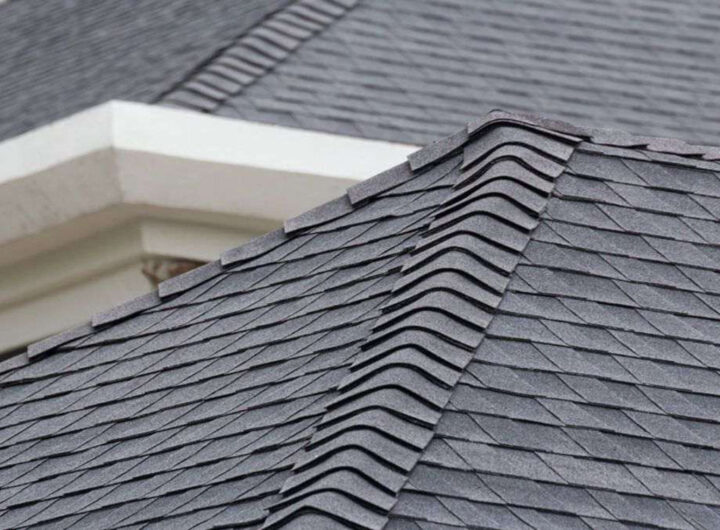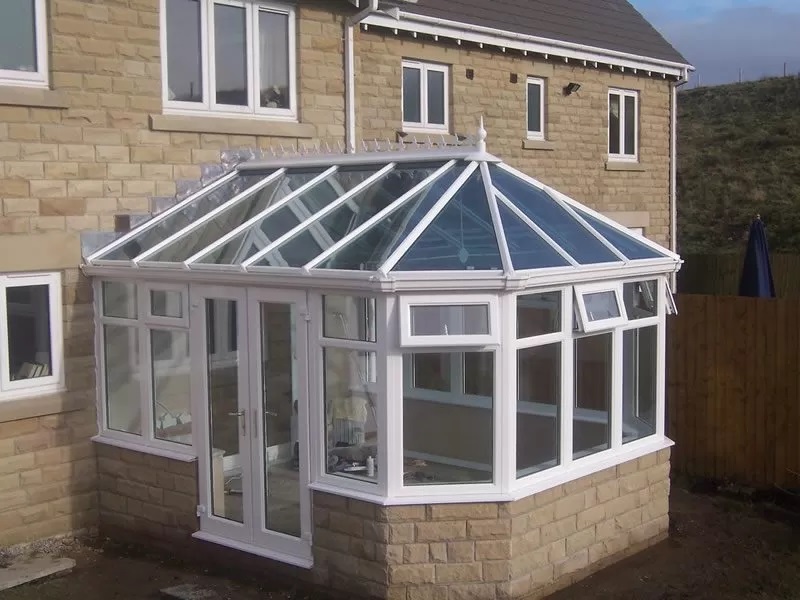
Mold growth on your ceiling can be a significant concern for several reasons. Firstly, it poses potential health risks to you and your family, as certain types of mold can cause allergies, respiratory issues, and other health problems. Secondly, mold can indicate underlying moisture issues in your home, such as leaks or inadequate ventilation, which can lead to structural damage if left unaddressed. Identifying signs of mold growth early on allows you to take prompt action and prevent further damage.
Step 1: Visual Inspection
Preparation and Safety Measures
Before inspecting your ceiling for mold, it’s important to take necessary precautions to ensure your safety. Begin by wearing protective gear such as gloves, a face mask, and goggles to minimize exposure to mold spores. Open windows or use fans to improve ventilation in the area. Clear the surrounding space and cover furniture or belongings to prevent contamination.
Identifying Visible Signs
To determine if there is mold growth on your ceiling, carefully examine the surface for visible signs. Look for discoloration or dark spots that appear different from the rest of the ceiling. Pay attention to any patches of fuzziness, as mold often has a textured appearance. Additionally, be on the lookout for peeling or bubbling paint, as this could indicate moisture and potential mold behind the surface. Remember, identifying these visible signs is an essential step in recognizing the presence of mold on your ceiling.
Common Areas Where Mold Appears on the Ceiling
When it comes to identifying signs of mold growth on your ceiling, a visual inspection is crucial. By carefully examining your ceiling, you can spot potential mold-infested areas and take prompt action. Look out for common areas where mold is likely to appear, such as around bathroom fixtures, near roof leaks or water damage, along the edges of windows, and in poorly ventilated spaces. These areas are particularly vulnerable to mold growth due to high moisture levels and limited air circulation.
Step 2: Smell Test
Recognizing Mold’s Musty Odor
One of the key indicators of mold growth is its distinct musty odor. When you detect an unpleasant smell that resembles dampness or mildew, it could be a sign of mold lurking nearby. Pay close attention to areas with high humidity or water damage, as they are more prone to mold growth. If you come across this musty smell, it’s essential to investigate further to prevent potential health issues and further damage to your home.
Differentiating Mold Odor from Other Household Smells
Differentiating mold odor from other common household smells is crucial in identifying potential mold growth. While it’s natural for some areas of your home to have specific scents, such as the kitchen or bathroom, mold has its distinct smell. To differentiate mold odor, focus on the musty, earthy scent it emits, which is often more pungent and persistent compared to other household odors.
Thoroughly Smelling Out Potential Mold-Infested Areas
Mold often releases a distinct musty odor, which can help you locate hidden infestations. Begin by carefully inspecting areas prone to moisture, such as bathrooms, kitchens, and basements. Take note of any noticeable smells that are unusual or unpleasant. Move on to examining areas where water damage has occurred in the past, as these spots are particularly susceptible to mold growth. Don’t forget to check behind furniture, in closets, and around ventilation systems, as mold can thrive in these hidden spaces. Keep in mind that the smell of mold may not always be overpowering, so even a subtle musty scent should be taken seriously.
Step 3: Moisture Detection
Understanding the Link Between Moisture and Mold Growth
Moisture plays a significant role in the growth and spread of mold. When there is excessive humidity or moisture in an area, it creates an ideal environment for mold spores to thrive and multiply. To effectively identify signs of mold growth on your ceiling, it is essential to understand this connection and recognize the importance of moisture control.
Utilizing Moisture Detection Tools
Detecting areas of high humidity is crucial in identifying potential mold growth. Various moisture detection tools can aid in this process. One such tool is a moisture meter, which measures the moisture content in different materials such as wood or drywall. Infrared cameras can also be used to identify hidden moisture sources by detecting temperature variations.
Conducting a Thorough Moisture Inspection
This inspection involves examining areas prone to moisture accumulation, such as around pipes, windows, or roofs. Look for signs of water stains, discoloration, or peeling paint, as these can indicate the presence of moisture and potential mold growth. Additionally, check for musty odors, which can be a sign of hidden mold. By conducting a thorough moisture inspection, you can narrow down the areas that require further investigation and remediation to prevent mold growth.
Step 4: Professional Assessment
Seeking Professional Assistance for Mold Inspection
Recognizing the right time to reach out for professional help with mold inspection is essential. While you can identify visible signs of mold growth on your ceiling, it is crucial to involve an expert when the issue becomes complex or widespread. Professionals have the knowledge and experience to accurately assess the severity of the mold problem and determine its root cause, ensuring a comprehensive and effective remediation process.
Finding a Qualified Mold Inspector or Remediation Specialist
When searching for a qualified mold inspector or remediation specialist, consider their credentials, experience, and reputation. Look for certifications like the Certified Mold Inspector (CMI) or the Council-certified Microbial Remediation Supervisor (CMRS), as they indicate expertise in the field. Additionally, check for customer reviews or testimonials to gauge their reliability and professionalism. Finding a competent professional will ensure accurate assessment and reliable guidance throughout the mold remediation process.
What to Expect During a Professional Mold Inspection and Assessment
During a professional mold inspection, the expert will conduct a thorough examination of your ceiling and other affected areas. They will use specialized equipment to detect hidden mold, assess the extent of the damage, and identify the type of mold present. The inspector will also investigate possible sources of moisture or water intrusion, as these are often the underlying causes of mold growth. Once the assessment is complete, the professional will provide you with a detailed report outlining their findings and recommendations for remediation, empowering you to take appropriate action to address the mold issue effectively.
Identifying signs of mold growth on your ceiling is crucial for protecting your health and preventing further damage to your home. By following this step-by-step guide, you can confidently recognize visible signs, detect mold’s musty odor, and conduct a thorough moisture inspection. If the issue becomes complex or widespread, seeking professional assistance ensures accurate assessment and effective remediation, giving you peace of mind in addressing the mold problem.
Publisher’s Details:
Atlas Roofing
39899 Balentine Dr Suite 200 – #1007, Newark, CA 94560
(844) 665-2249
atlasroofingpro.com
info@atlasroofingpro.com
If you notice signs of mold growth on your ceiling, it could be indicative of an underlying roofing problem. Atlas Roofing’s blog post on “Discussing The Most Common Roofing Problems” provides valuable insights into identifying and addressing such issues. To tackle any roofing problems, consider partnering with Atlas Roofing, a top roofing contractor in San Jose, CA offering a wide range of materials and styles tailored to your unique needs and budget.


 Signs It’s Time for a Roof Replacement: What to Look For
Signs It’s Time for a Roof Replacement: What to Look For  The Top Benefits of Professional Roofing Maintenance Services
The Top Benefits of Professional Roofing Maintenance Services  The Benefits of Regular Roof Maintenance by a Professional Roofing Company
The Benefits of Regular Roof Maintenance by a Professional Roofing Company  Understanding Roofing Materials: Which One is Right for Your Roof?
Understanding Roofing Materials: Which One is Right for Your Roof?  Should you indulge in a DIY Roof Repair job or Call a Professional Roofer
Should you indulge in a DIY Roof Repair job or Call a Professional Roofer  Why Change to an excellent Conservatory Roof?
Why Change to an excellent Conservatory Roof?  Top Security Features to Look for in a Garage Door
Top Security Features to Look for in a Garage Door  Comprehensive Guide to Mold Removal in Hunterdon County: Safeguarding Your Home and Health
Comprehensive Guide to Mold Removal in Hunterdon County: Safeguarding Your Home and Health  Risks of Asbestos in Home Furnaces
Risks of Asbestos in Home Furnaces  Quartz Countertops Sacramento: Enhancing Homes with Timeless Elegance
Quartz Countertops Sacramento: Enhancing Homes with Timeless Elegance